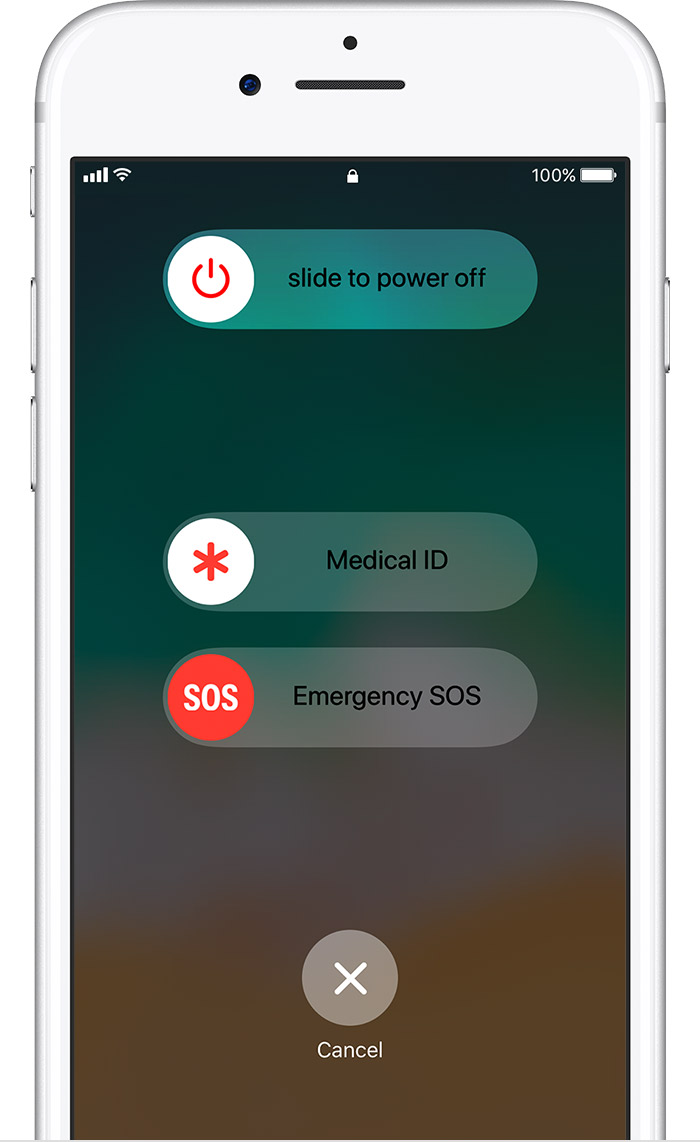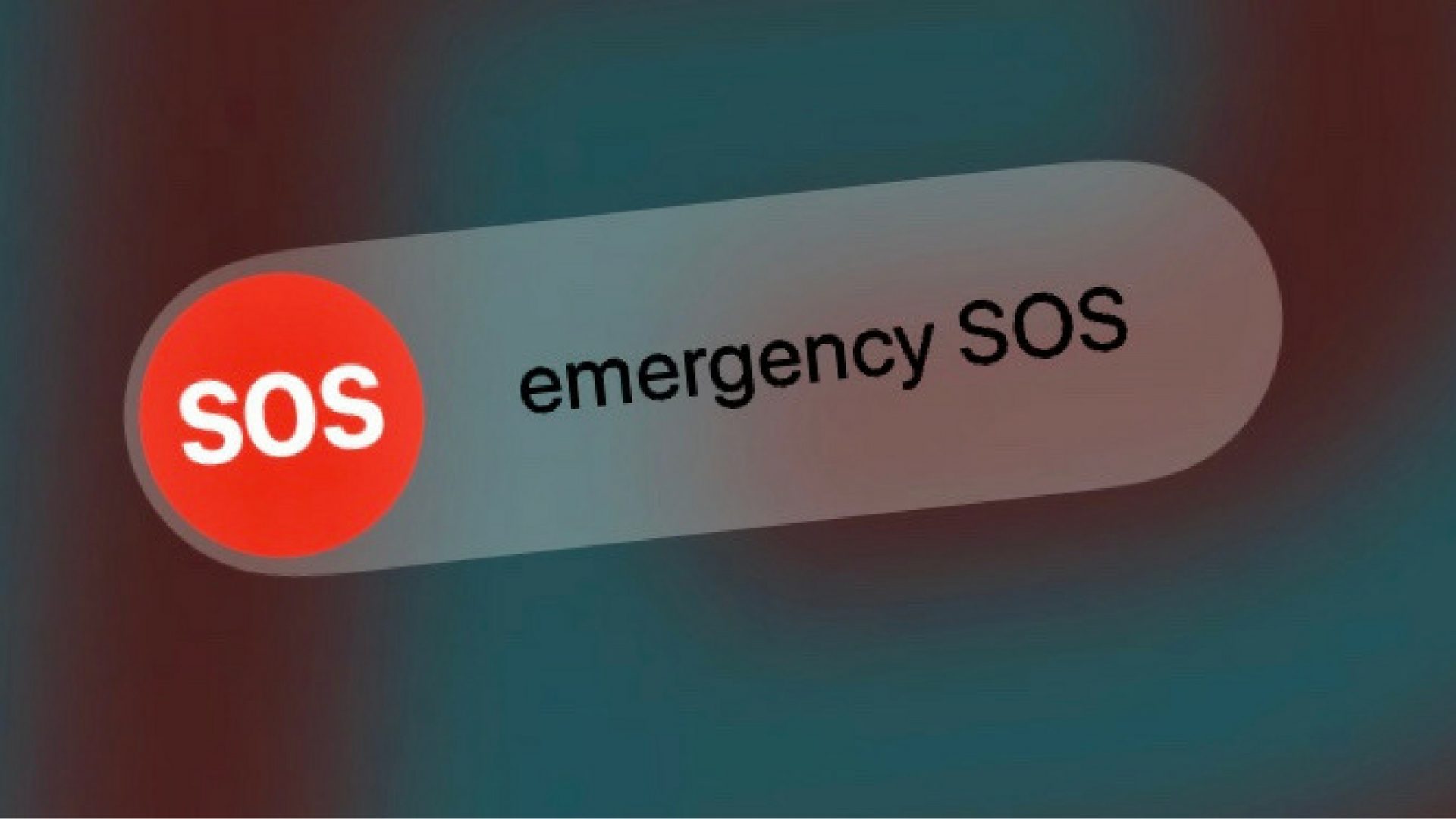SOS Meaning & IPhone Emergency SOS: A Complete Guide
Is the seemingly simple act of pressing a button on your iPhone a matter of life and death? The accidental activation of the Emergency SOS feature on your iPhone isn't just a minor inconvenience; it's a serious matter with potentially life-altering consequences, demanding careful consideration and understanding.
The world of mobile technology, particularly the realm of smartphones, has become interwoven with our safety and well-being in ways we could scarcely imagine a few decades ago. One such advancement, the Emergency SOS feature on iPhones, is designed to provide immediate access to emergency services when every second counts. Yet, this very tool, while undoubtedly life-saving in genuine emergencies, brings with it a responsibility we must not overlook. Accidental activations, the inadvertent triggering of this critical system, can lead to a cascade of issues, from wasted resources to potential delays in the response to legitimate emergencies. Moreover, the misuse of emergency services ties up vital resources, potentially putting other lives at risk. Its a delicate balance, a dance between innovation and responsibility.
The core of the Emergency SOS system, lies in the universally recognized distress signal: SOS. This isn't some recent invention; its roots trace back to the early days of radio communication and the crucial need for a standardized way to signal for help. It's a testament to the power of simplicity and clarity in times of crisis, a signal designed to be instantly understood, regardless of language or location.
But what does SOS actually mean? This is a question often met with conjecture. Many believe it to be an acronym, standing for something like "Save Our Souls" or "Save Our Ship." However, the truth is far more fascinating and reflects the practical spirit of its inception. SOS is not an acronym; it doesn't stand for anything specific. Instead, it was chosen for its distinct pattern in Morse code: three dots, three dashes, and three dots (. . . . . .). This sequence was selected because it was easy to transmit, easy to recognize, and unlikely to be confused with other signals. It was a purely functional choice, a signal designed for efficiency, not for romantic interpretation.
The adoption of SOS as the international distress signal was a pivotal moment in maritime and aviation history. It wasn't an overnight decision, but rather the culmination of efforts to replace a patchwork of various codes used by different countries. In 1908, SOS was officially adopted, marking a significant step towards global standardization in emergency communications. This unified approach meant that vessels and aircraft in distress, regardless of their origin or location, could rely on a universally understood signal to summon assistance. The impact of this standardization cannot be overstated. It streamlined rescue operations, enhanced the effectiveness of global emergency response, and ultimately saved countless lives.
The impact of SOS extends far beyond the realm of maritime and aviation emergencies. It has become a cultural touchstone, instantly recognizable as a call for help. It appears in literature, film, and music, a potent symbol of distress and the desperate need for assistance. From the iconic image of shipwreck survivors frantically signaling with flares to the digital age's integration of SOS features in smartphones, its core meaning remains constant.
In the age of smartphones, the SOS feature has been transformed. For iPhone users, Emergency SOS is a built-in feature designed to connect users to emergency services quickly and efficiently. With the feature activated, users can call local emergency services even without cellular service, relying on the devices capabilities to find a connection. Moreover, the system also shares your location and medical ID information with first responders, which could prove to be life-saving information.
The functionality of the Emergency SOS feature varies slightly depending on the iPhone model. On some models, such as the iPhone 8, iPhone 8 Plus, iPhone X, iPhone XS, iPhone XS Max, and iPhone XR, the feature can be configured to be activated with a single button press. On other models, users typically need to press and hold the side button and one of the volume buttons simultaneously to bring up the SOS slider, which can then be dragged to initiate the call. This ensures a balance between ease of use in urgent situations and minimizing accidental activations.
The importance of understanding the proper use of Emergency SOS is not just about avoiding accidental calls. It's about ensuring that the feature is available and ready when a genuine emergency arises. Knowing how to activate it correctly, and understanding the information it provides to emergency services, can make all the difference. Whether you are navigating a remote hiking trail, facing a medical emergency, or witnessing a dangerous situation, this knowledge is an essential component of personal safety.
Furthermore, the Emergency SOS feature on the iPhone goes beyond a simple call for help. It also includes the functionality of sending your location to your emergency contacts, allowing them to stay informed and potentially assist in the event of an emergency. This feature helps provide peace of mind, knowing that your loved ones are aware of your situation and can provide support.
The universal nature of the SOS signal is a reminder that in times of crisis, we are all connected. It highlights the importance of global cooperation and the shared responsibility we have to assist those in need. Whether it's the mariner sending a distress signal, the hiker signaling for help, or the smartphone user activating the Emergency SOS feature, the core message remains the same: a desperate plea for assistance.
The world of the SOS signal, from its inception in Morse code to its implementation in modern technology, underscores the importance of clear and effective communication in emergency situations. In a world fraught with complex challenges, the enduring simplicity of the SOS signal and the Emergency SOS feature on iPhones remains a testament to the human spirit's ability to adapt, innovate, and, ultimately, save lives.
In conclusion, understanding the SOS signal, its history, and its modern applications is crucial in today's world. Its more than just a sequence of dots and dashes. It's a symbol of hope, a call for help, and a reminder of the human connection that binds us all, ready to assist and support in times of dire need.
Here is a useful list of other meanings or usage of the term 'SOS'
Visual or written distress signals: SOS is used in written or visual formats to indicate trouble, for example, the stranded hikers spelled out SOS with rocks to signal rescuers.
Other meanings: On very rare occasions, SOS has been known to mean same old stuff.
Wireless devices: SOS has a related meaning when it appears on wireless devices, as it indicates that the user has lost access to the cellular network and can only make emergency calls.
Rihanna's song SOS: Rihanna's song SOS became a major hit.
From morse code to modern technology: Knowing how to signal for help in an emergency situation, even when tapping out sos in morse code is the only option, can lead to being rescued.
Aftermath of an earthquake: One such scenario that could require the use of sos is in the aftermath of an earthquake.


